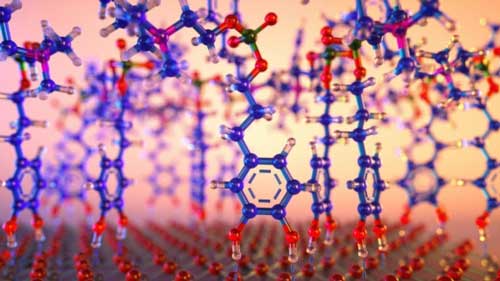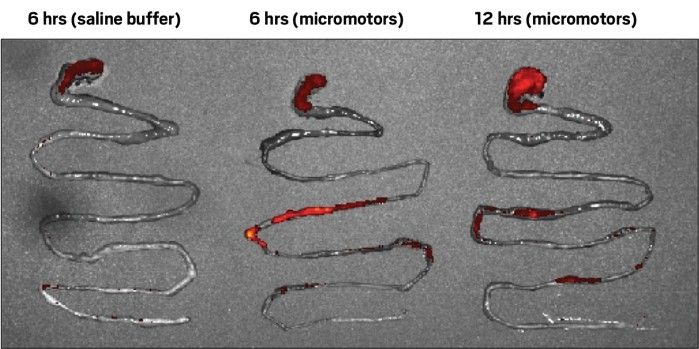Oct 18, 2016
Affordable EEG biosensors to control physical things
Posted by Karen Hurst in categories: biological, computing
It seems that biofeedback is a thing of future. By having brain activity feedback, you can train meditation, attention, improve sleep, control gadgets, artificial limbs, carts for impaired, and even computer I/O. Everything starts with proper biosensor and controller. Biological signals are very low voltage – microvolts. In order to distinguish them from noisy environment, a precision electronics is required. Brain activity signals are somewhat different from myograms or ECG, they can be analyzed as power spectrum that represent brain activity phases like Alpha, Beta, Theta. There has be a numerous modules developed to acquire brain signals. If you want low to develop sensors by yourself, you could grab a Neurosky platform which is a small size PCB with sensor and microcontroller interfaces.
With it you can read raw EEG signals with sampling 512Hz and do with them what you want. USART interface enables you to connect it yo Arduino or Raspberry Pi where you can calculate all sort of things and extract control signals. Of course you can read processed power spectrum as well to detect activities like attention, meditation and other activities. Eye blink detection is also an option. Great thing is that you can use this module to read ECG activity as well. Module incorporates AC noise filter which can be configured for 50HZ or 60Hz.
Continue reading “Affordable EEG biosensors to control physical things” »


















